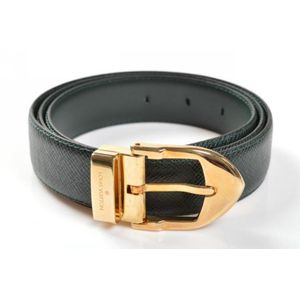Sapphire and Diamond Bangle in 18ct Gold
You must be a subscriber, and be logged in to view price and dealer details.
Subscribe Now to view actual auction price for this item
When you subscribe, you have the option of setting the currency in which to display prices to $Au, $US, $NZ or Stg.
- Collet Setting - A collet setting in jewellery is a type of setting that is used to hold a gemstone or other decorative element securely in place. The collet is a ring of metal that surrounds the stone and holds it in place. The collet is typically made of the same metal as the rest of the piece and is often used in vintage or antique jewellery.
In a collet setting, the gemstone is placed into a small metal ring, also known as a collet. The metal ring is then bent or folded over the edges of the gemstone to hold it securely in place. The collet is then attached to the rest of the piece of jewellery, such as a ring or pendant.
One of the benefits of a collet setting is that it allows the maximum amount of light to enter the stone, which can enhance its brilliance and sparkle. It also allows the stone to be seen from the sides, which makes it a popular choice for showcasing particularly beautiful or unique stones.
The collet setting is a classic and elegant setting and it is often found in antique jewellery, particularly from the Victorian and Edwardian periods. - Pave Setting - Pave setting is a style of setting stones in jewellery where the small stones are placed close together in holes drilled in the metal, the burr of the metal around the stone being pressed over the edges to hold the stone in position.
- Brilliant Cut - In their naturally occuring state diamonds have little life or sparkle and for many centuries were simply cut in half and worn in amulets. Invented at the end of the 17th century by a Venetian diamond cutter, a "brilliant cut" diamond has 58 facets arranged in a regular geometric relationship, with 33 above the crown and 25 below on the pavilion.
The introduction of the brilliant cut increased the popularity of diamonds in jewellery as it was the first cut to reveal the fire of the diamond, with the light being internally reflected from one facet to another, and was superior to the previously used table cut and rose cut.Variants to the brilliant cut have emerged since the end of the 17th century, but the popularity of the original brilliant cut has continued to the present time, where it is still the most commonly found cut.
.
This item has been included into following indexes:
- bangles, diamond
Visually similar items

A sapphire and diamond dress ring with trap-cut parti-colour sapphire and four single cut diamonds; 18ct gold. Weight 4.5g

An 18ct yellow gold emerald cut diamond solitaire ring, one emerald cut diamond, 0.35ct, colour G, clarity VS mounted in a white gold frame with a yellow gold flat band, size K Wt 2.9 grams

A belt by Louis Vuitton, styled in forest green leather with gold metal buckle, total length 117 cm, with box

A belt by Gucci, styled in black leather with gold metal buckle, labelled size 105/42.
